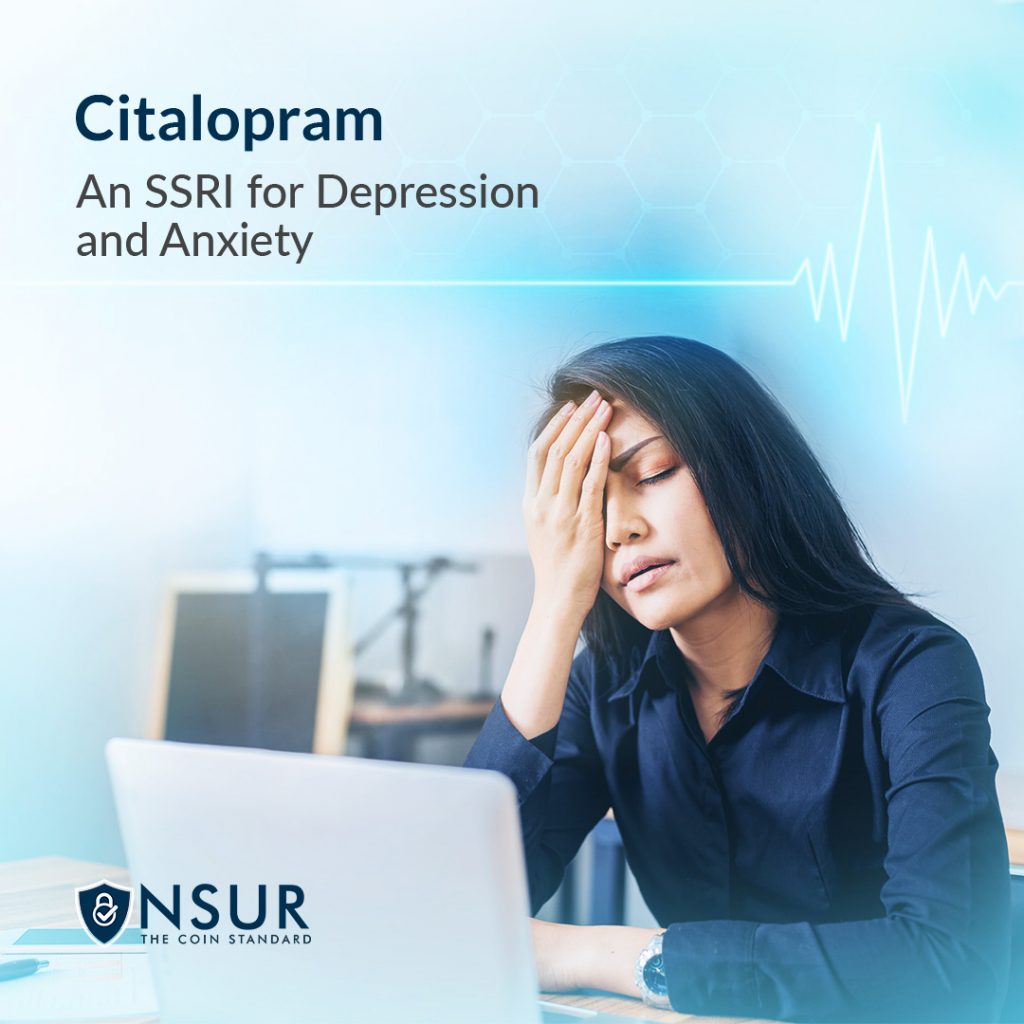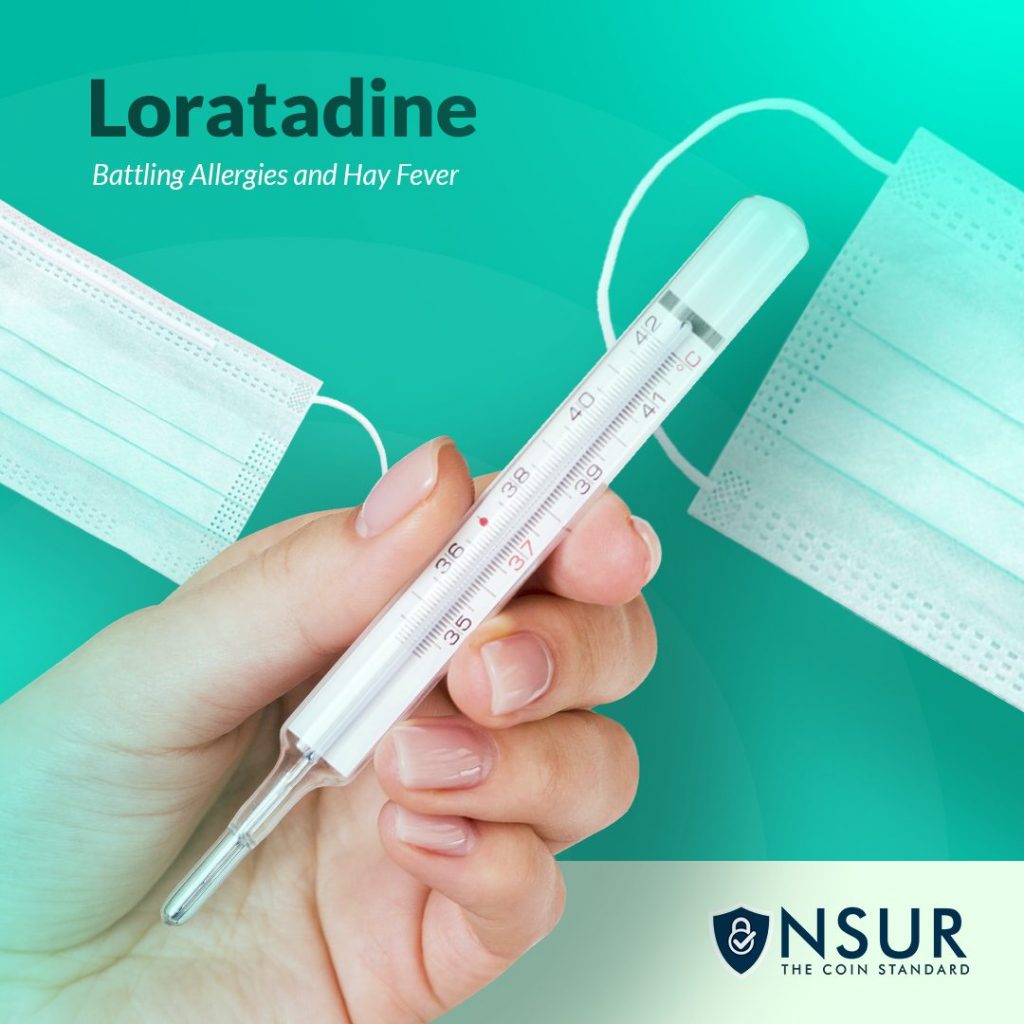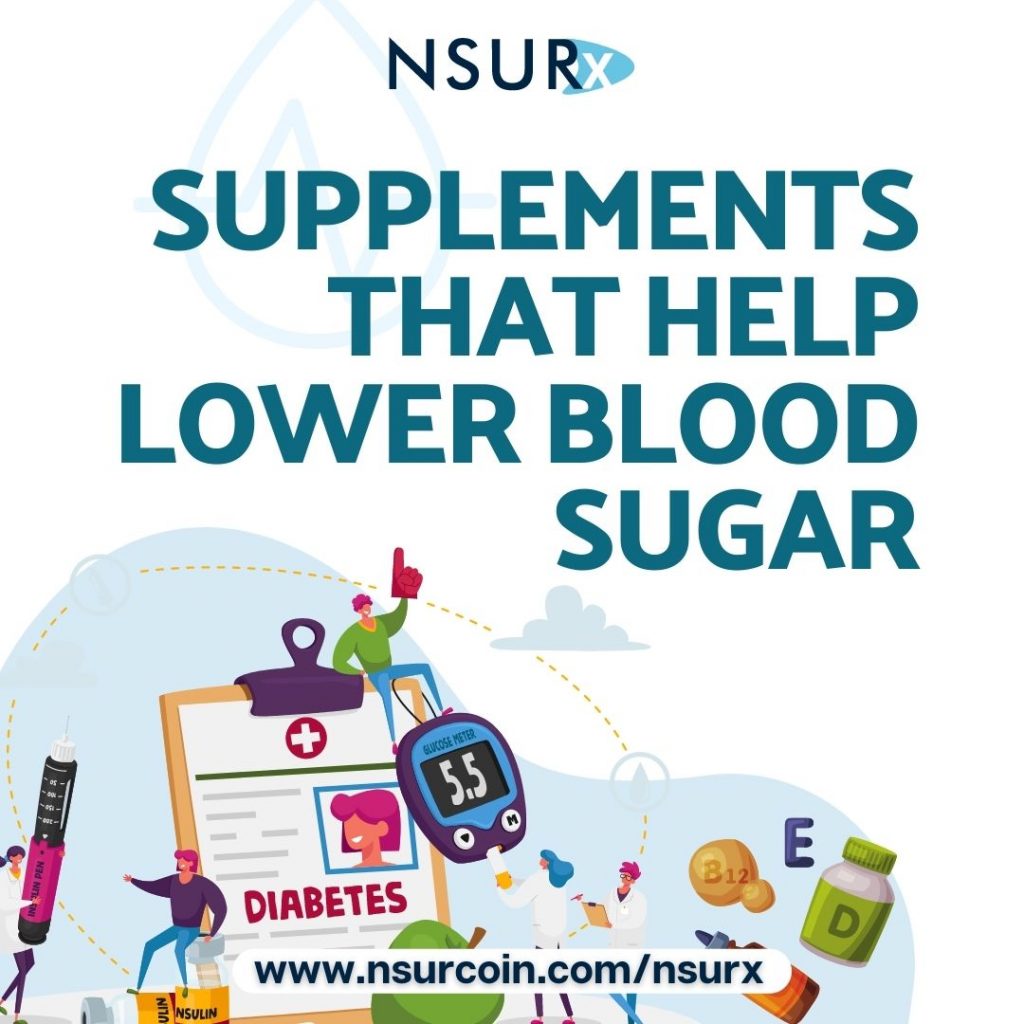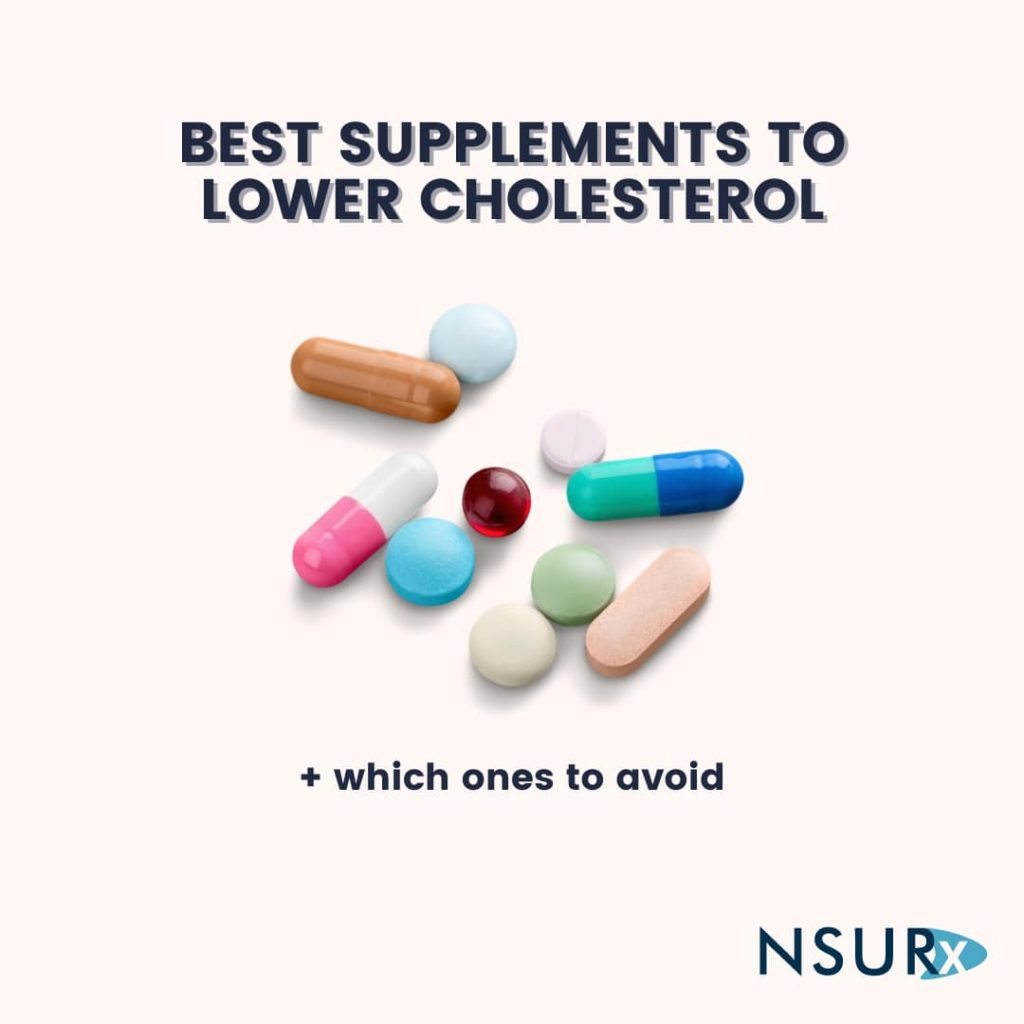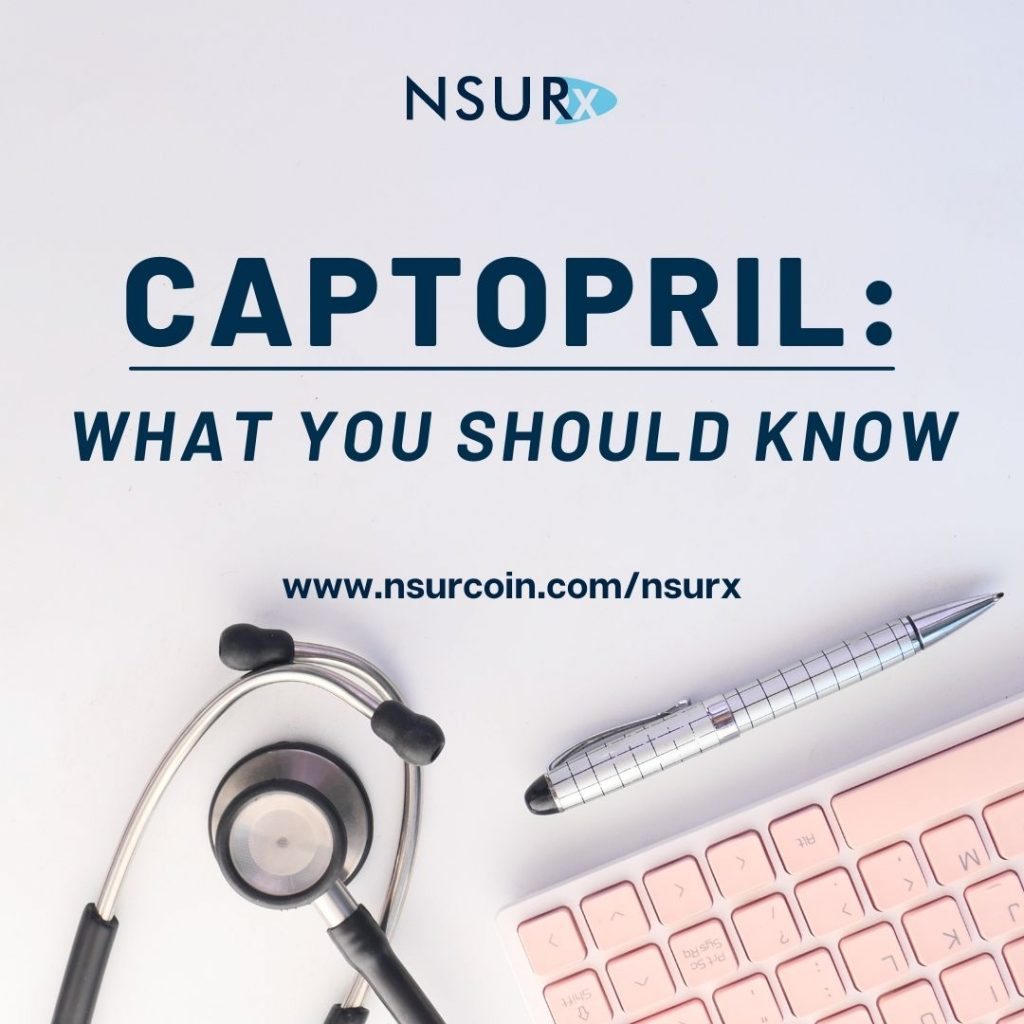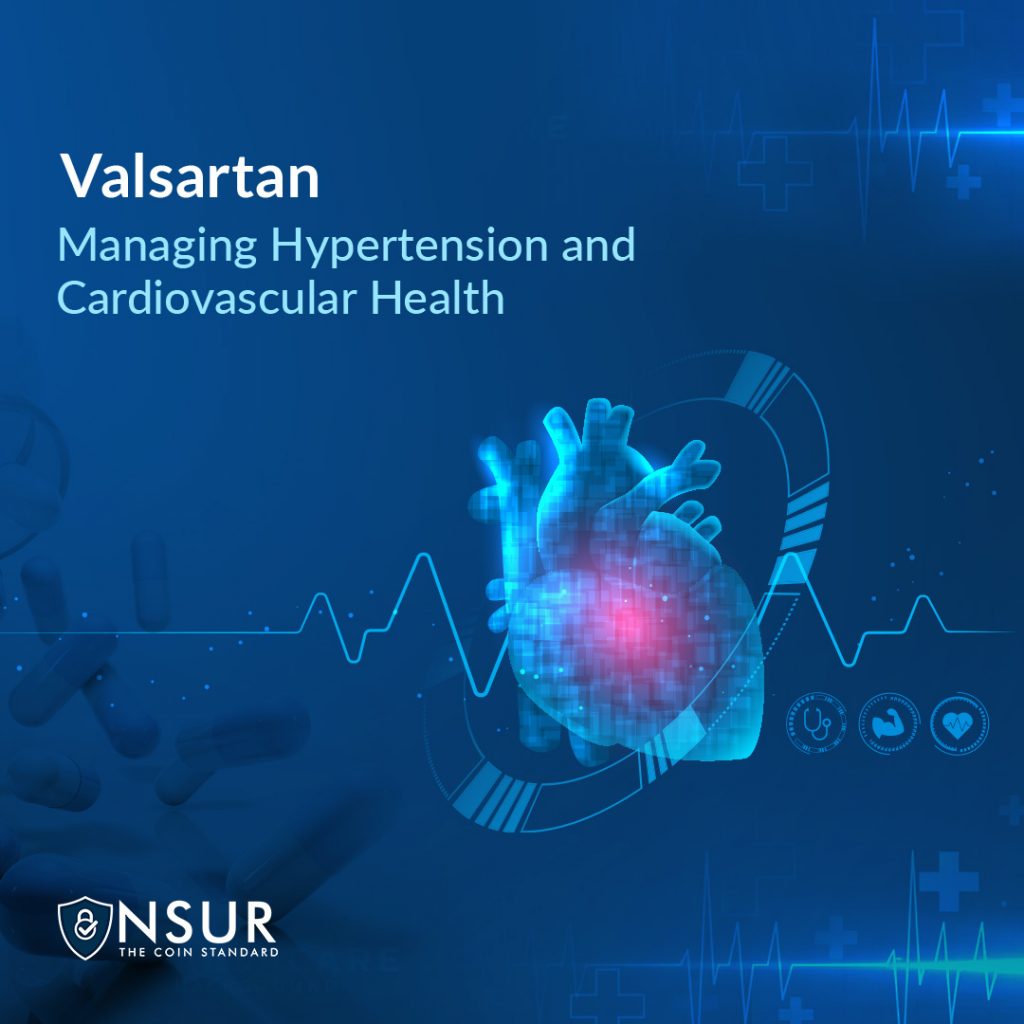
Navigating the Use of Enoxaparin in Blood Clot Prevention
Blood clots can be a major medical concern, posing risks of serious conditions such as deep vein thrombosis (DVT), pulmonary embolism (PE), and even strokes. The medical community has developed various strategies to combat the formation of these dangerous clots, with one of the frontline defenses being the use of anticoagulants, or blood thinners. Among these, Enoxaparin stands out as a particularly effective option. This blog post will delve into the use of Enoxaparin in preventing blood clots, highlighting its benefits, considerations, and practical advice for those navigating its use.
Understanding Enoxaparin
Enoxaparin, commonly known by its brand name Lovenox, is a low molecular weight heparin (LMWH) used to prevent and treat blood clots. It works by blocking certain clotting proteins in the blood, thus reducing the likelihood of clots forming. Unlike traditional heparin, Enoxaparin has the advantage of being used outside the hospital setting, allowing patients to manage their treatment at home with subcutaneous injections.
Indications for Use
The use of Enoxaparin is indicated in various clinical scenarios. It is often prescribed for patients undergoing surgeries, particularly hip or knee replacement surgery, as they are at a higher risk of developing DVT due to prolonged immobilization. Enoxaparin is also used in patients with acute medical illnesses that increase their risk of thromboembolic complications, such as heart attack or stroke. Moreover, it serves as a preventive measure for those with a history of DVT or PE.
Benefits of Enoxaparin
One of the key benefits of Enoxaparin is its predictable response, which eliminates the need for frequent blood monitoring, a requirement with traditional heparin therapy. This aspect significantly improves the quality of life for patients, as it reduces hospital or clinic visits. Additionally, Enoxaparin has been shown to have a lower risk of causing heparin-induced thrombocytopenia (HIT), a potentially life-threatening condition.
Administration and Dosage
Enoxaparin’s dosage varies based on the patient’s condition, body weight, and the reason for its use. It’s imperative for the dosage to be precisely calculated to avoid the risks of under or over-anticoagulation. Patients and caregivers must receive proper training on how to administer the injections and dispose of needles safely.
Considerations and Precautions
While Enoxaparin is generally safe, it’s not suitable for everyone. Patients with kidney disease, a history of HIT, or those who are pregnant or breastfeeding should discuss the use of Enoxaparin with their healthcare provider. Additionally, there’s a risk of bleeding, so it’s crucial to monitor for signs of bleeding and bruising.
Side Effects
Like all medications, Enoxaparin can have side effects, though not everyone experiences them. Common side effects include irritation at the injection site, bleeding, and bruising. Rarely, more serious side effects can occur, such as severe bleeding, allergic reactions, or HIT.
Practical Tips for Patients
- Follow Instructions Carefully: Always use Enoxaparin exactly as prescribed by your healthcare provider.
- Monitor for Bleeding: Be vigilant for signs of bleeding, including unusual bruising, pink or brown urine, and coughing up blood.
- Stay Informed: Understand the potential interactions with other medications and inform your healthcare provider of all medications you are taking.
- Maintain Regular Check-ups: Keep appointments with your healthcare provider for follow-up and monitoring.
Take advantage of NSURx for your prescription drugs!
With the NSURx Prescription Benefit Card, you can save money on your medications at more than 35,000 pharmacies across the United States.
You can save up to 80% on your medication by using an NSURx card. Hundreds of dollars in savings could be yours every time you fill out your prescription.
The more you shop with NSURx, the more NSUR Coins you will receive as a reward.
Conclusion
Enoxaparin is a valuable tool in the prevention and treatment of blood clots, offering benefits such as ease of use and reduced need for monitoring. However, it requires careful consideration and adherence to guidelines to ensure its effectiveness and minimize risks. By staying informed and working closely with healthcare providers, patients can navigate the use of Enoxaparin successfully, leading to better health outcomes and peace of mind.
Disclaimer
This blog post is intended for informational purposes only and should not be considered a substitute for professional medical advice. Always consult with a qualified healthcare provider for personalized recommendations and guidance.

